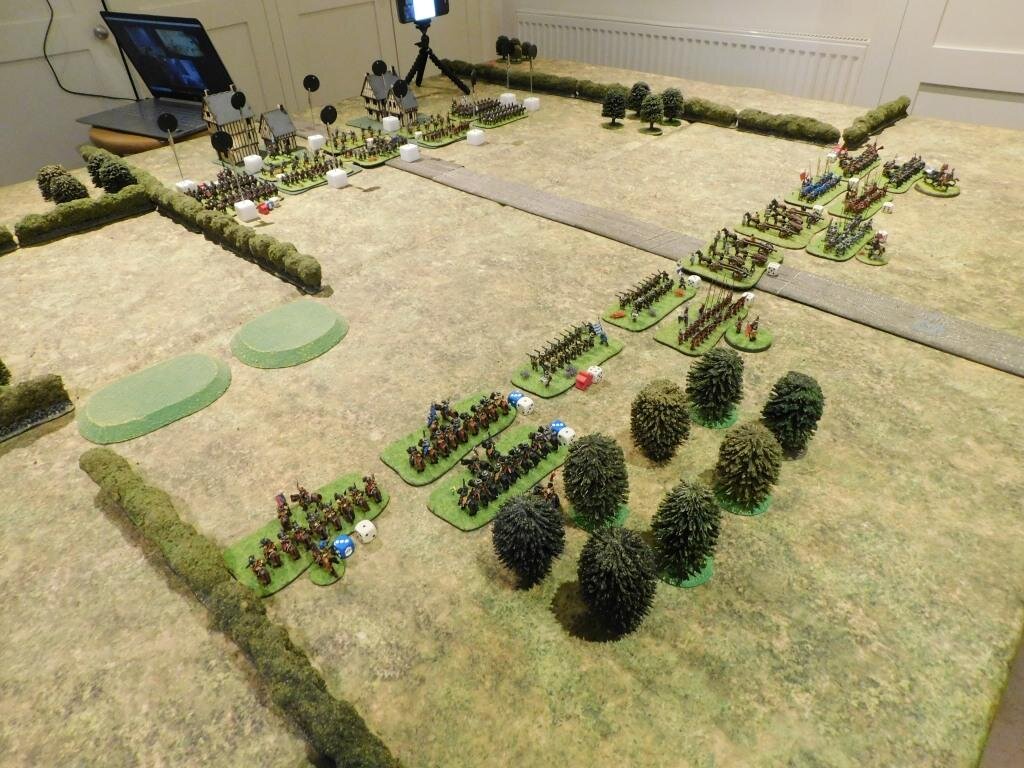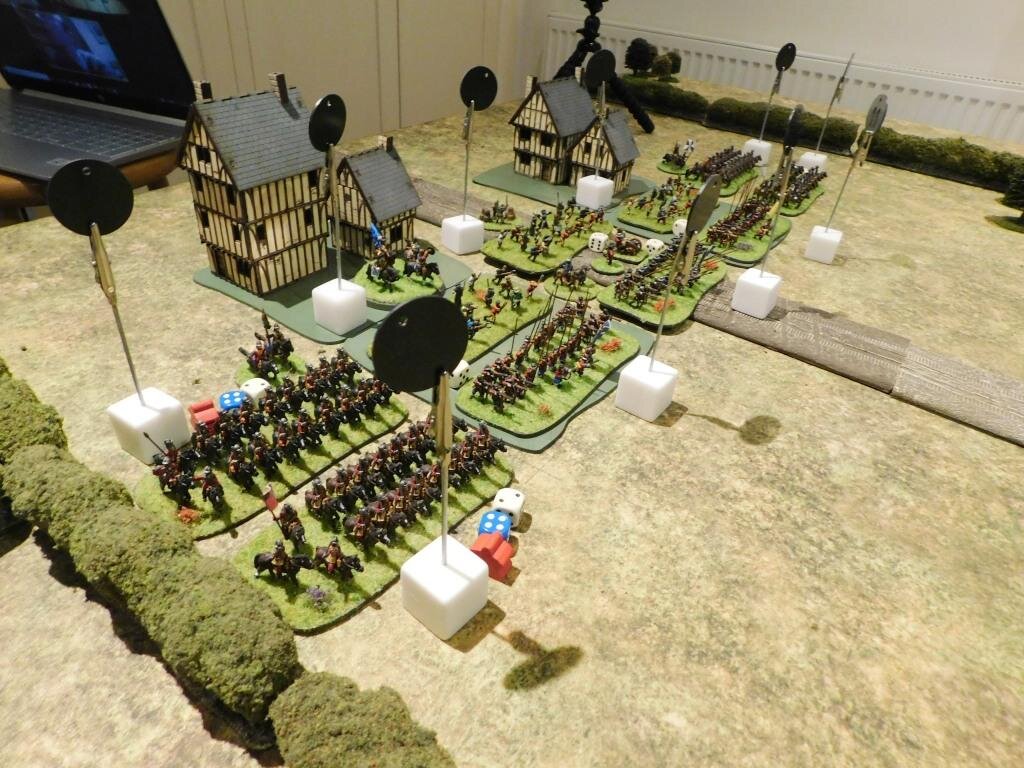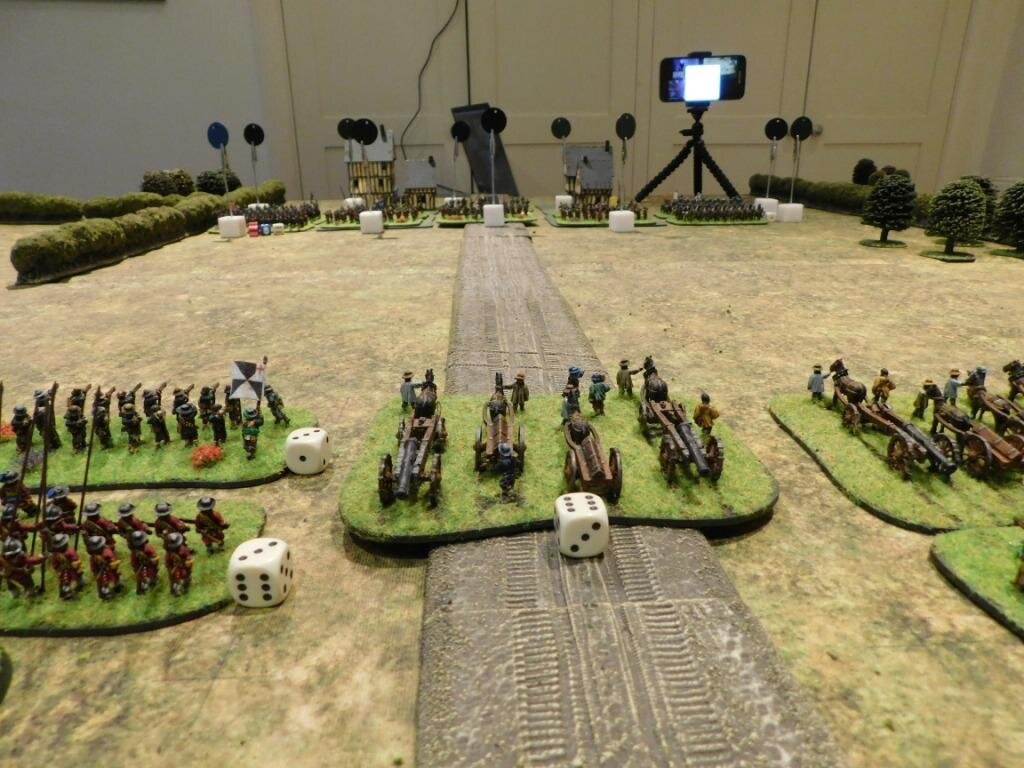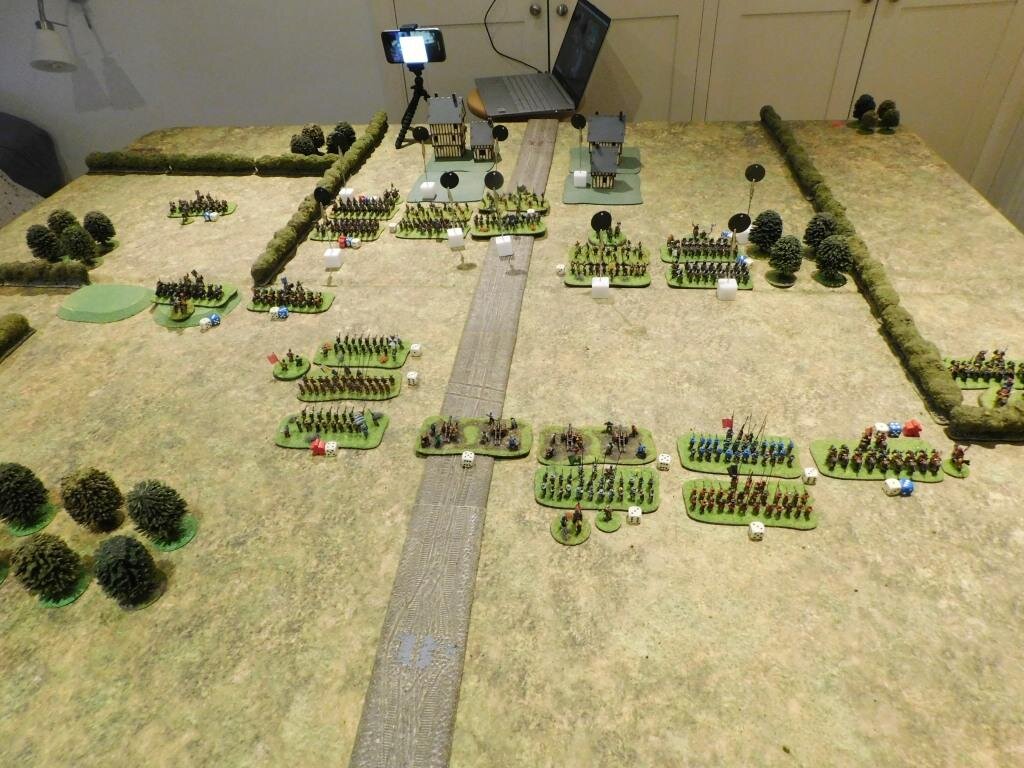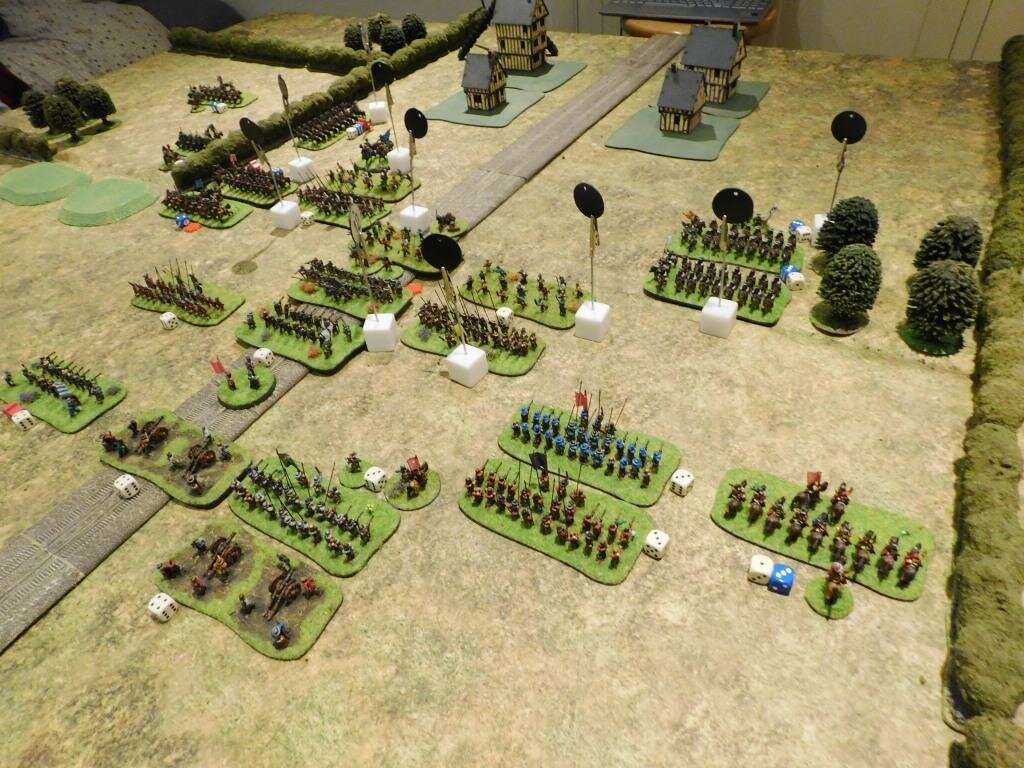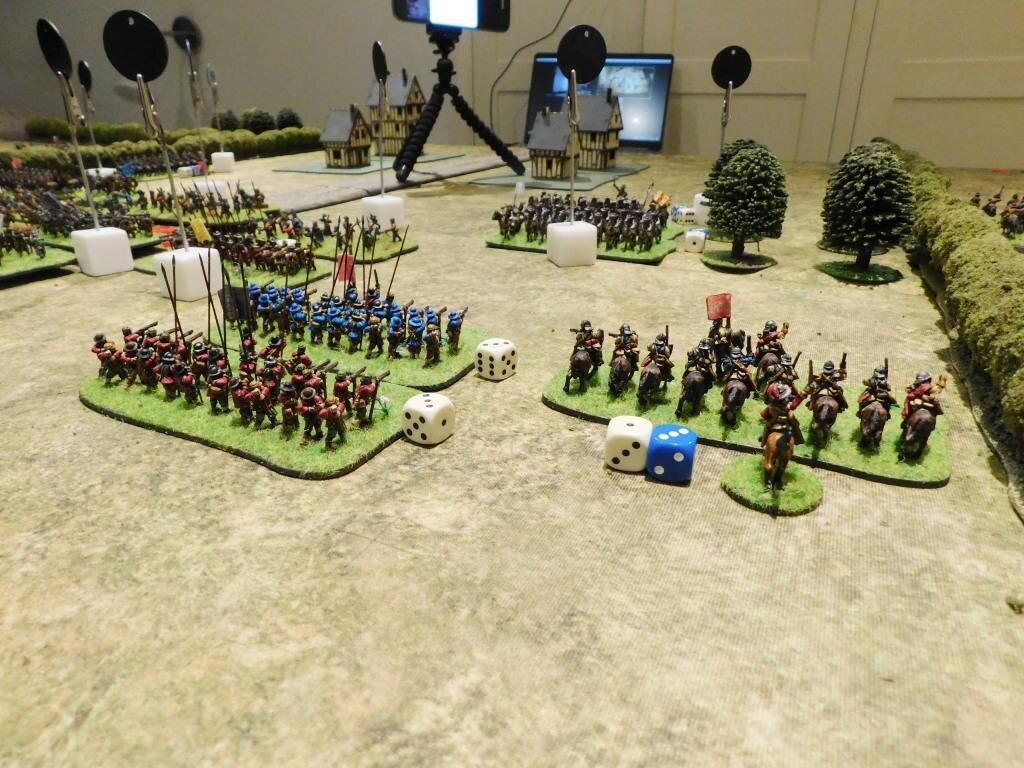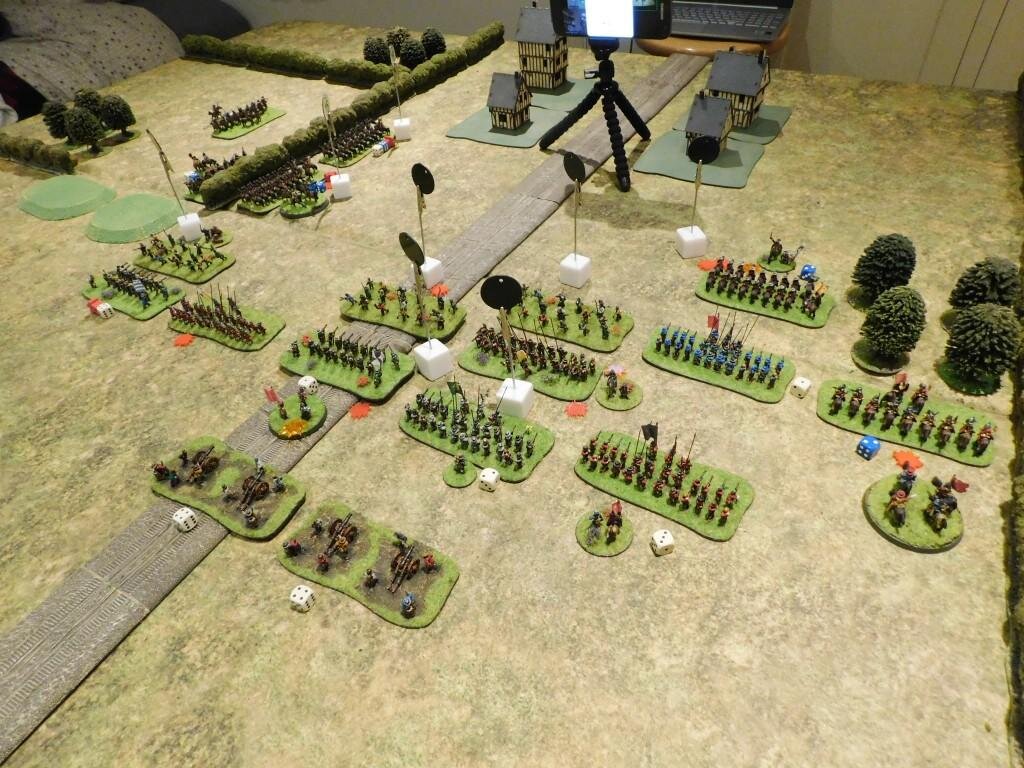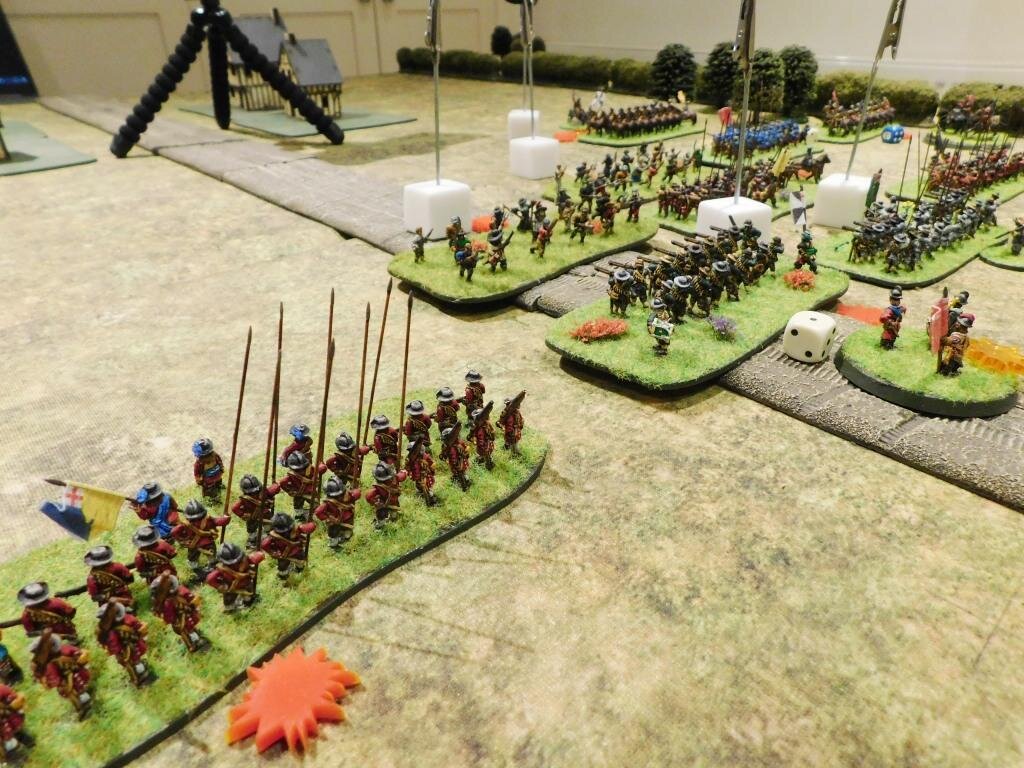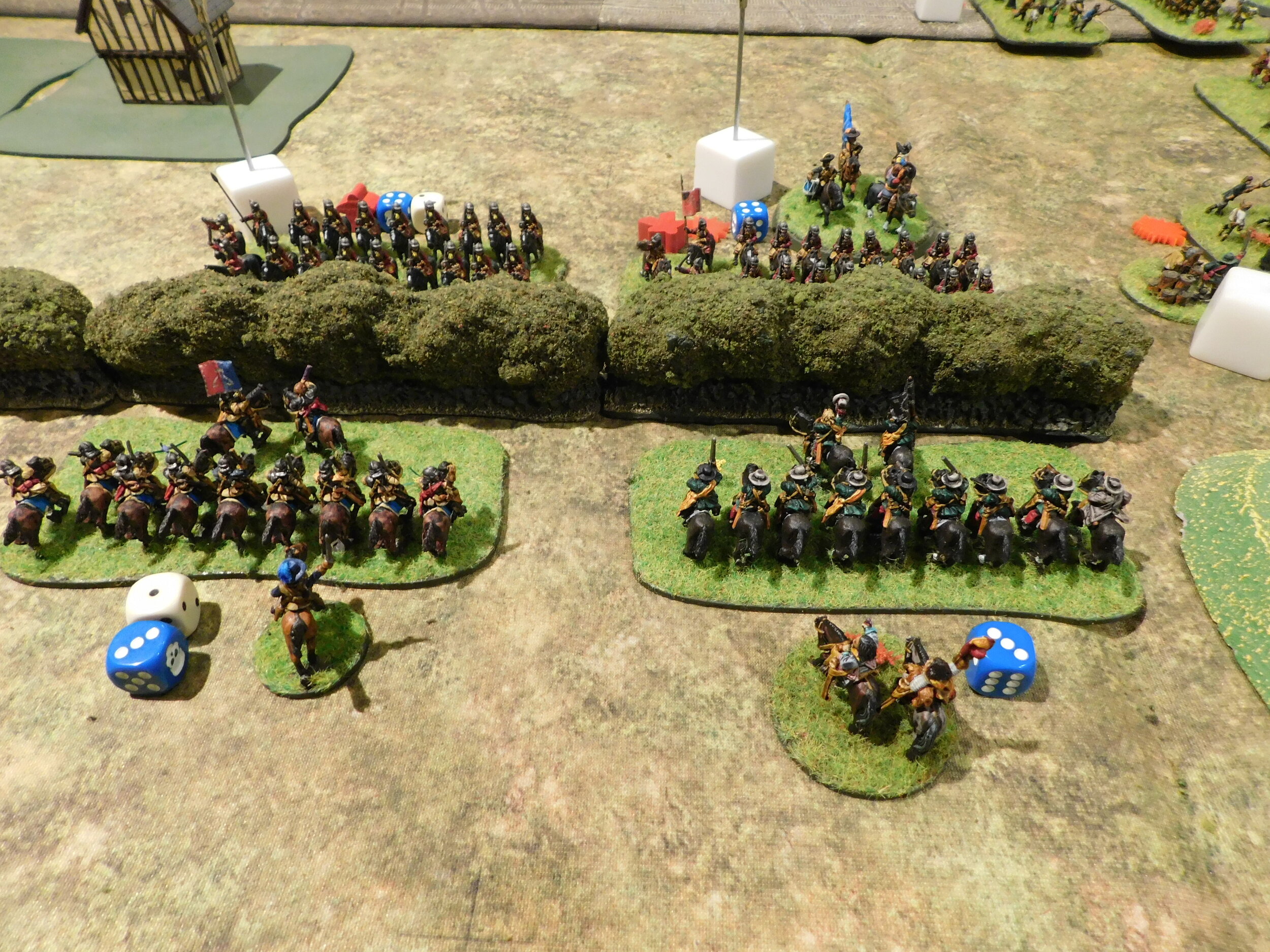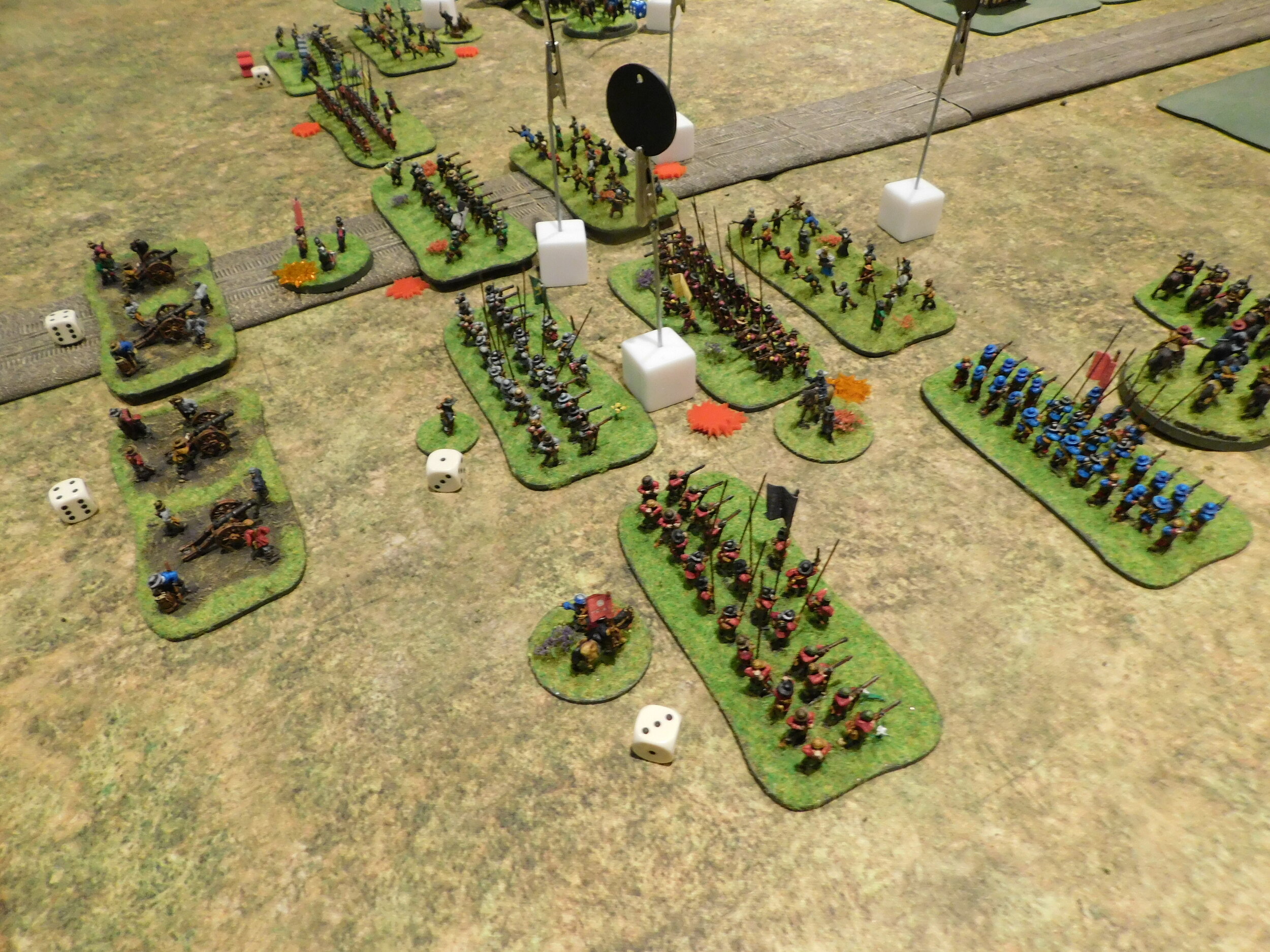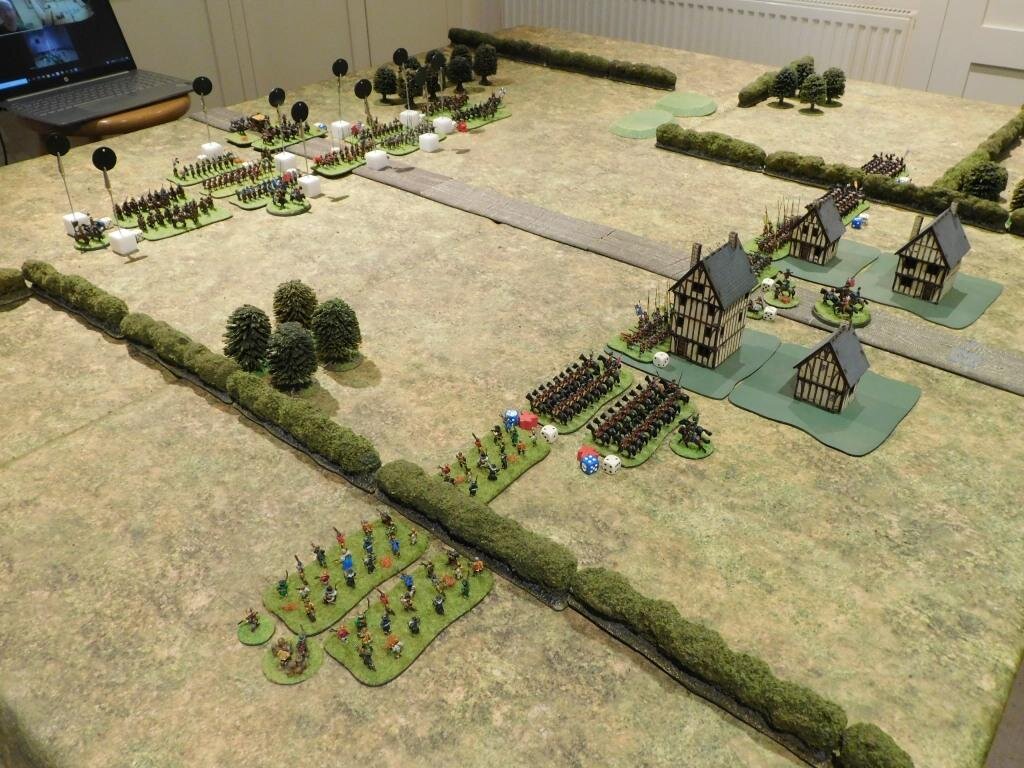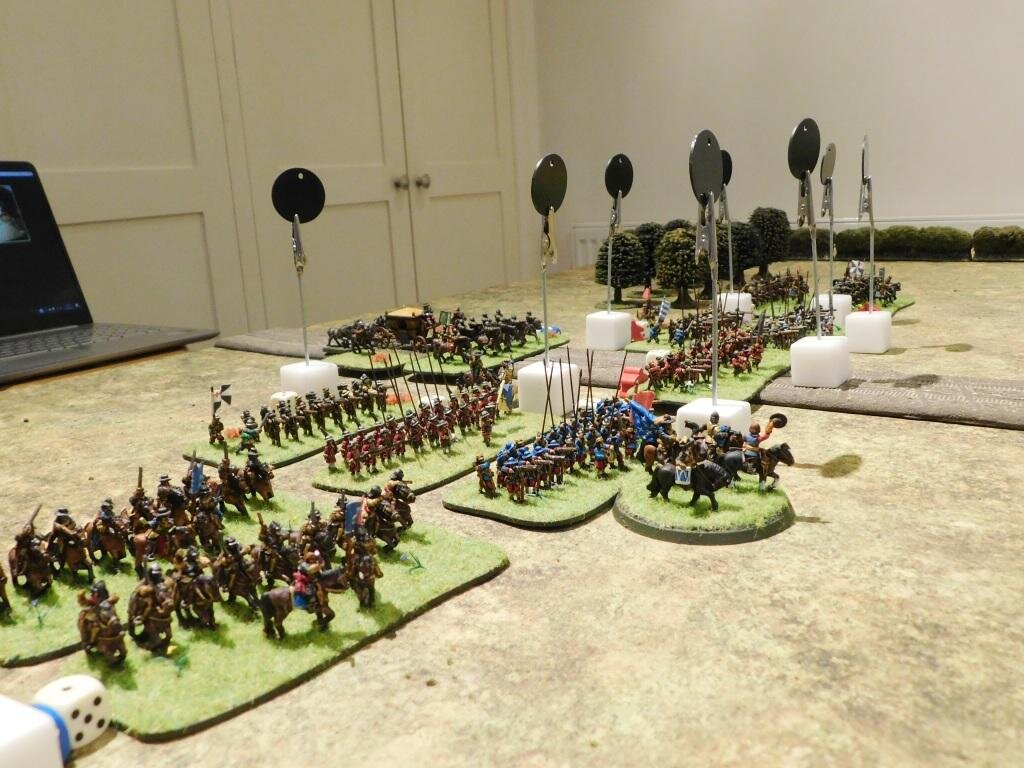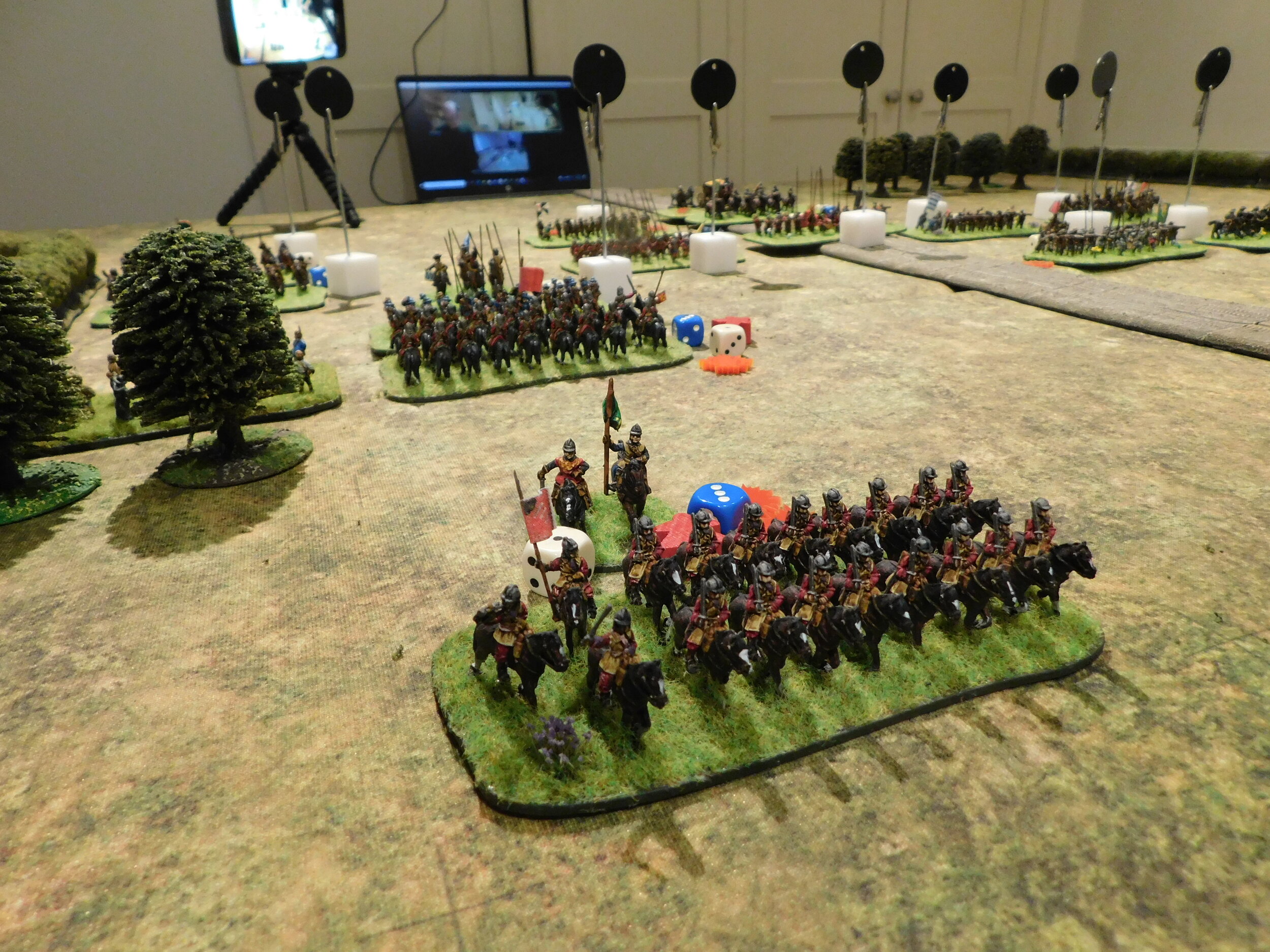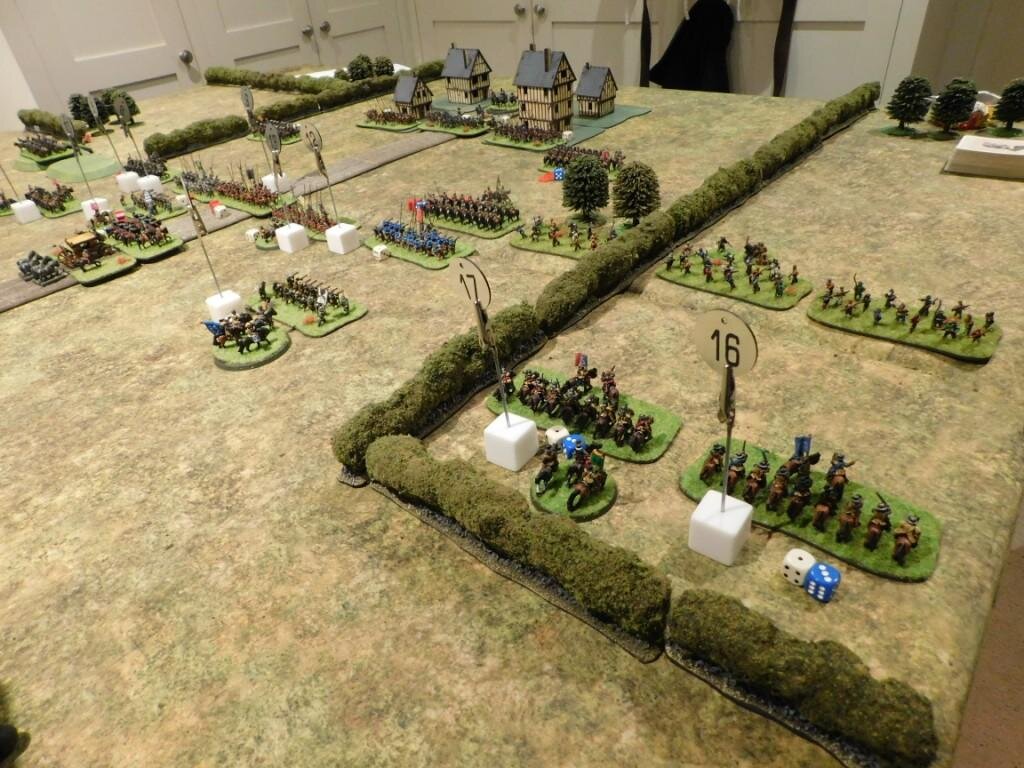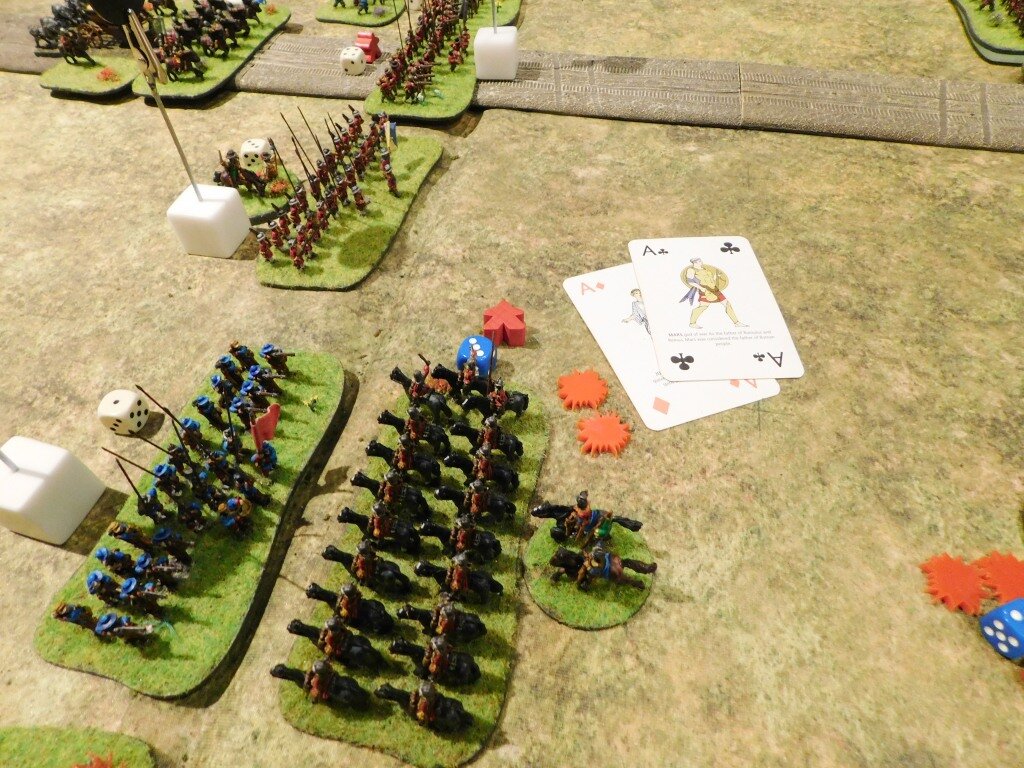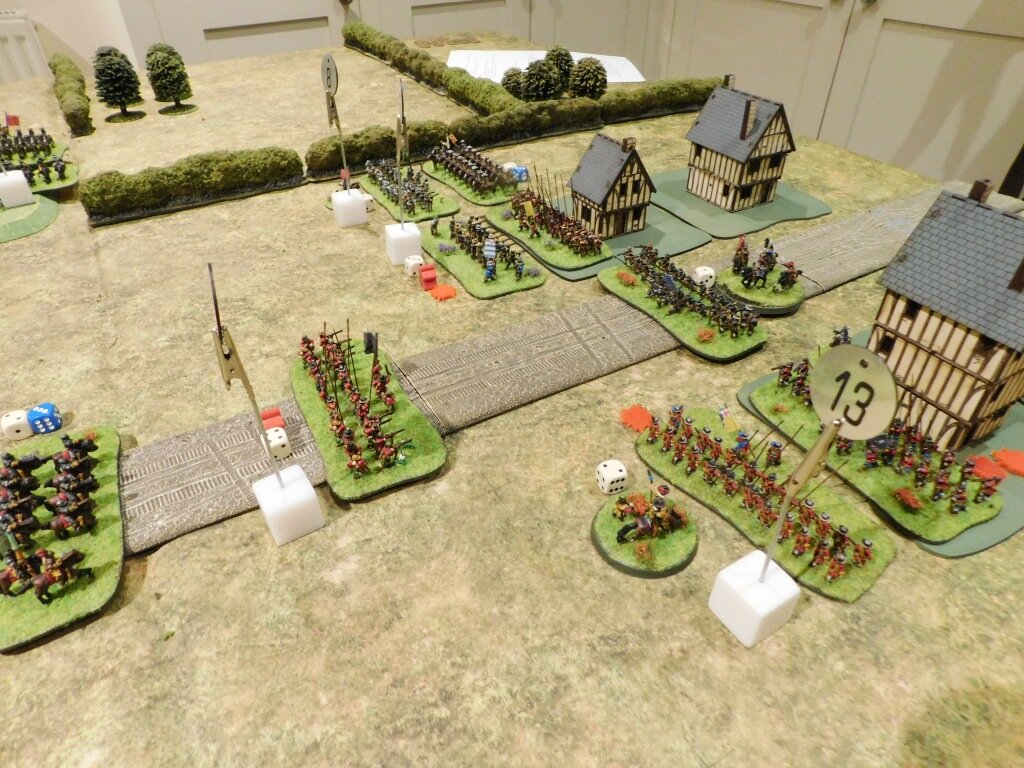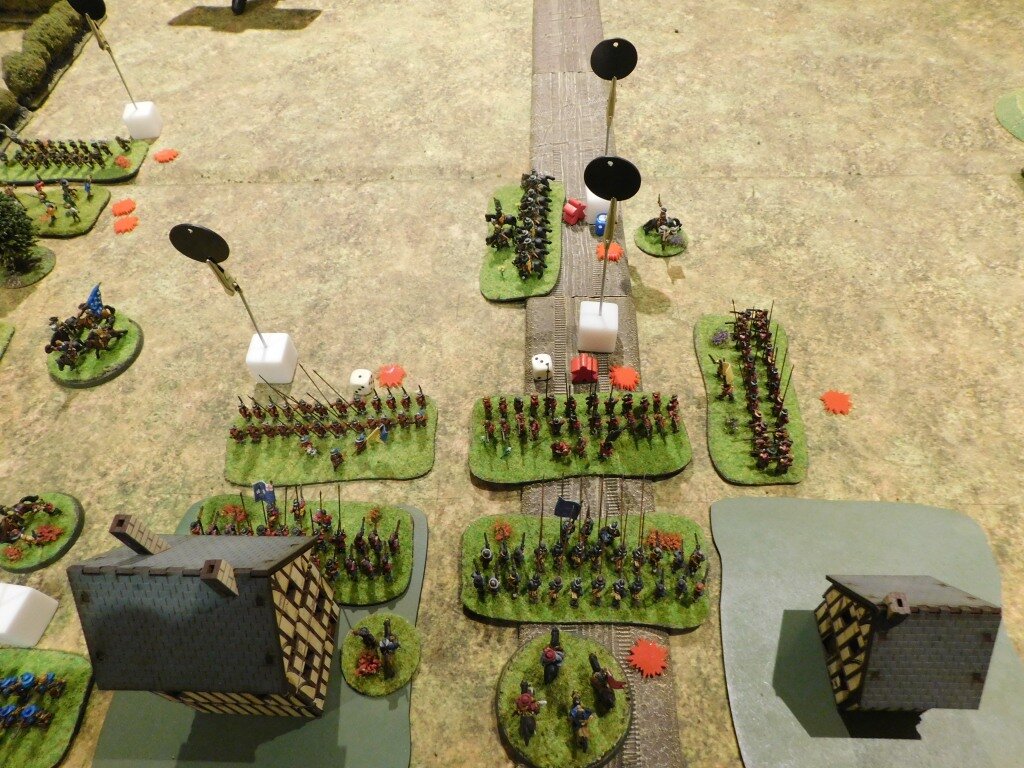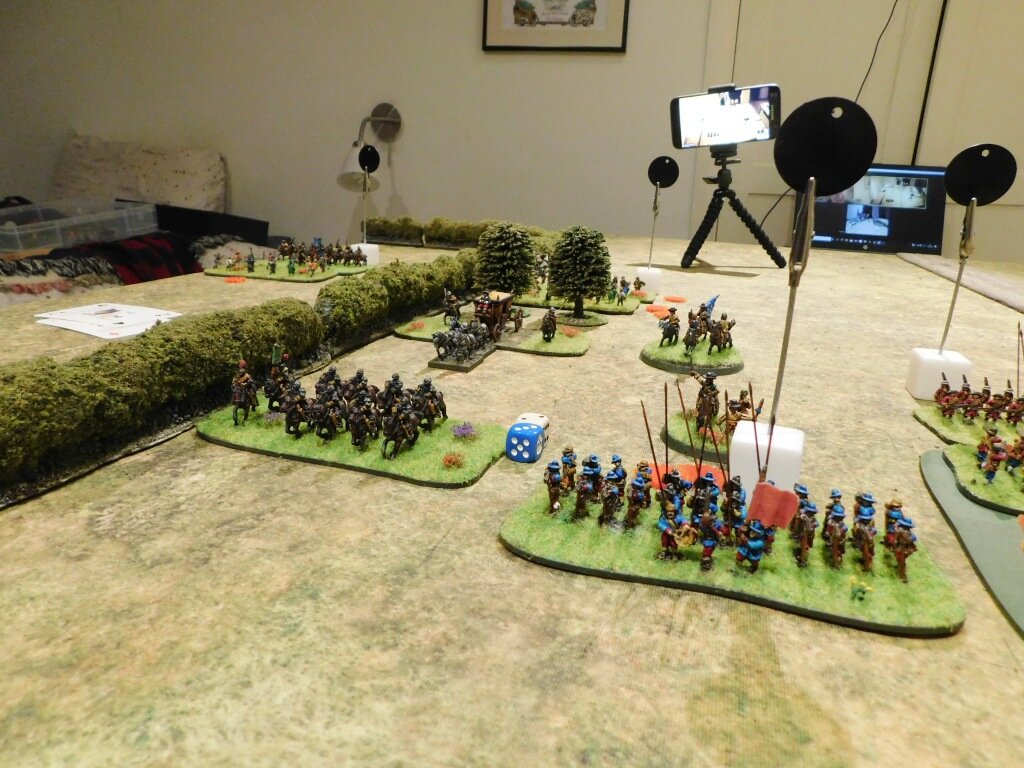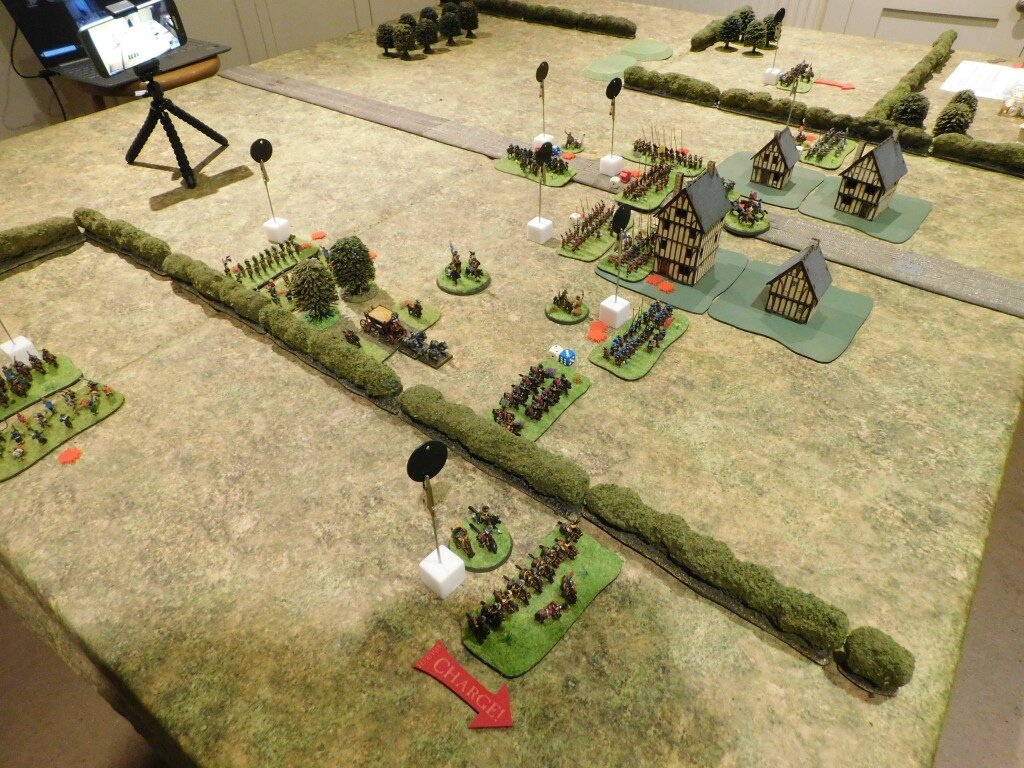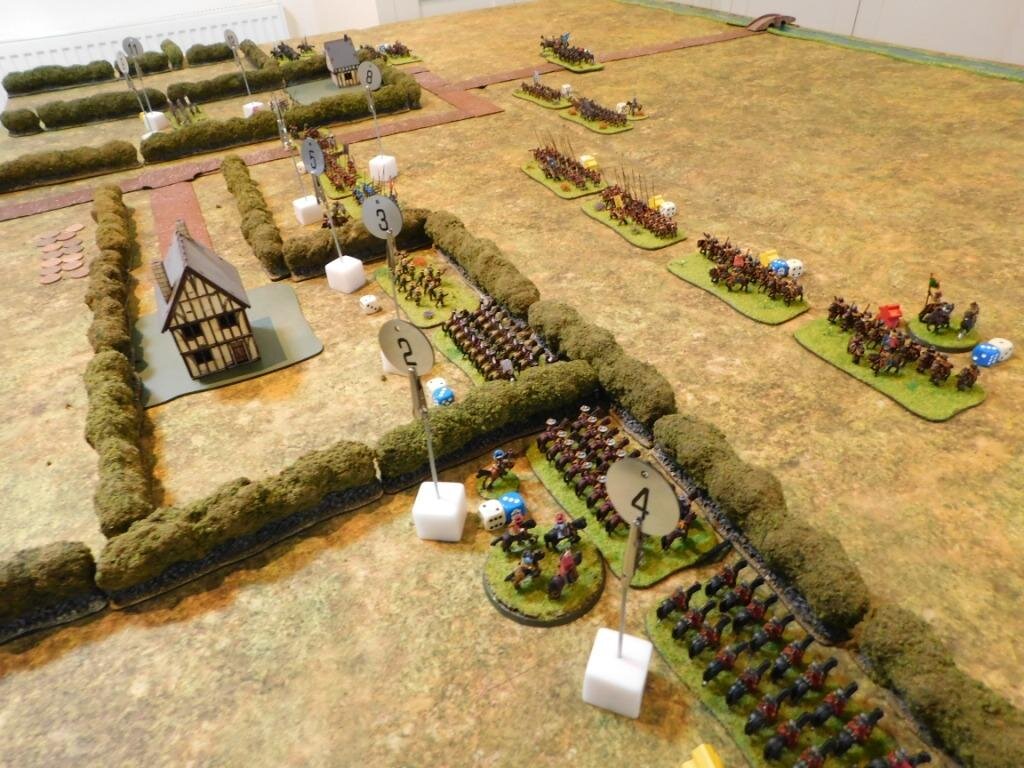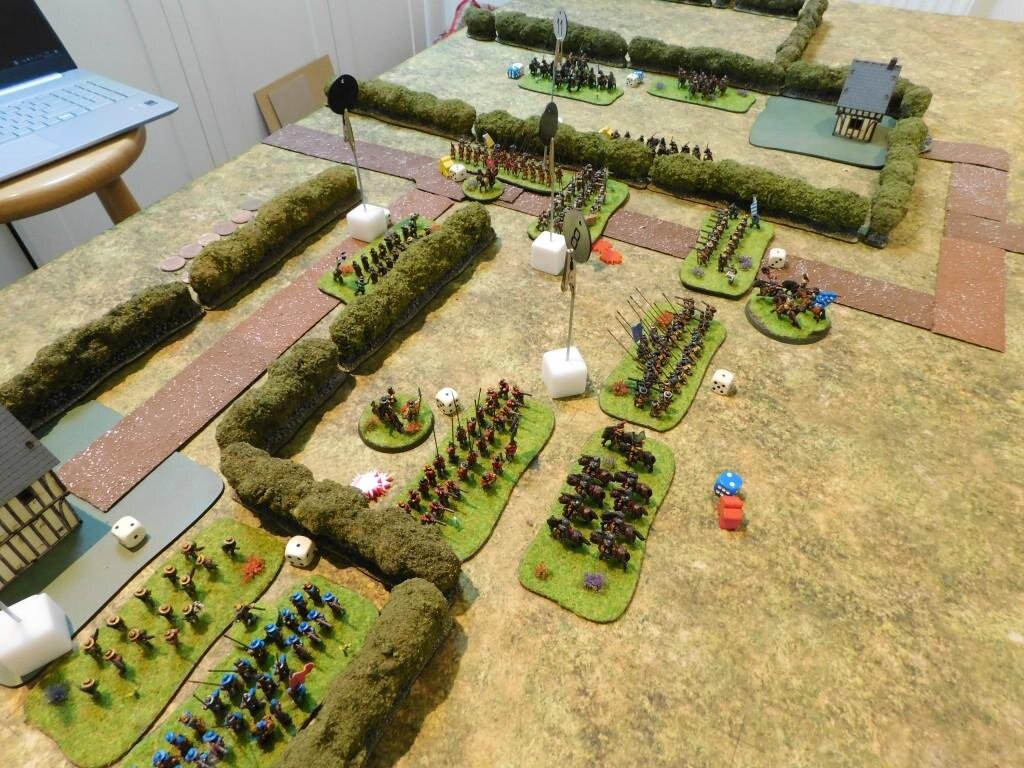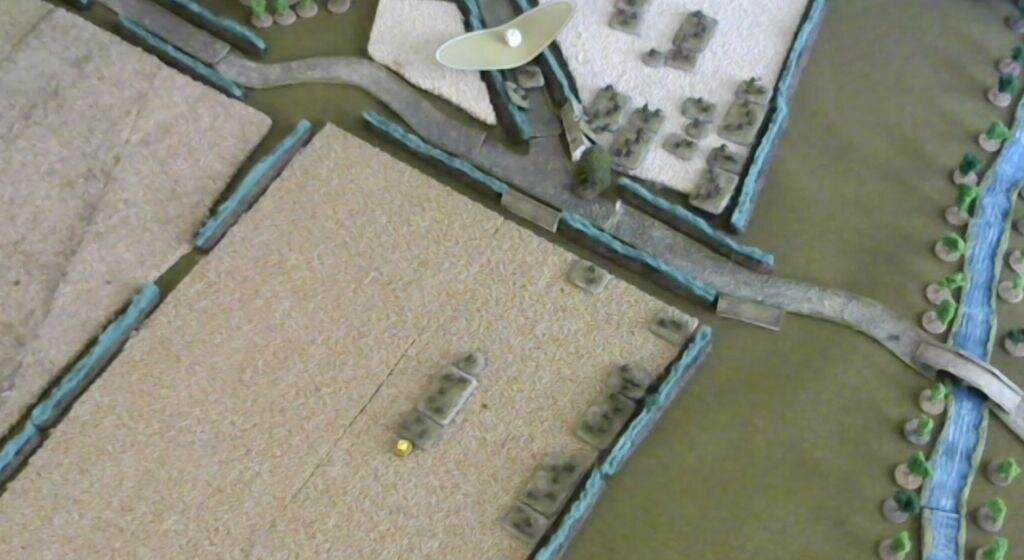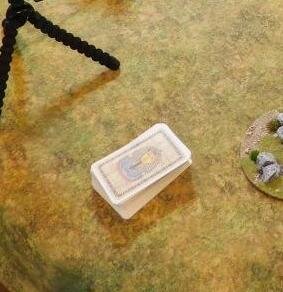TTS AAR: No Revenge for the Indians
/Regular visitors will know that a couple of week’s ago, my Classical Indians were defeated by an 11-phalanx strong Hoplite Greek army played by friend Bevan. Now it was time to get my revenge with a re-fight of the same battle.
Opening stages: so far everything is going to plan!
Well that was the plan!
Unfortunately things didn’t go at all to plan, and I ended up getting beaten more comprehensively than at our last encounter. Once again my massed longbow fire just failed to break his deep units, often getting to the stage of double-disordering but then not managing the extra hit needed to break them, but this time my impact troops suffered from terrible cards just at the point of impact, when it mattered most.
Just before the two battle lines came together
Although the game, as always with To The Strongest, was great fun, my troops were then gradually ground down by the remorseless space invaders from Greece!
Here’s a few more pictures of the game:

















